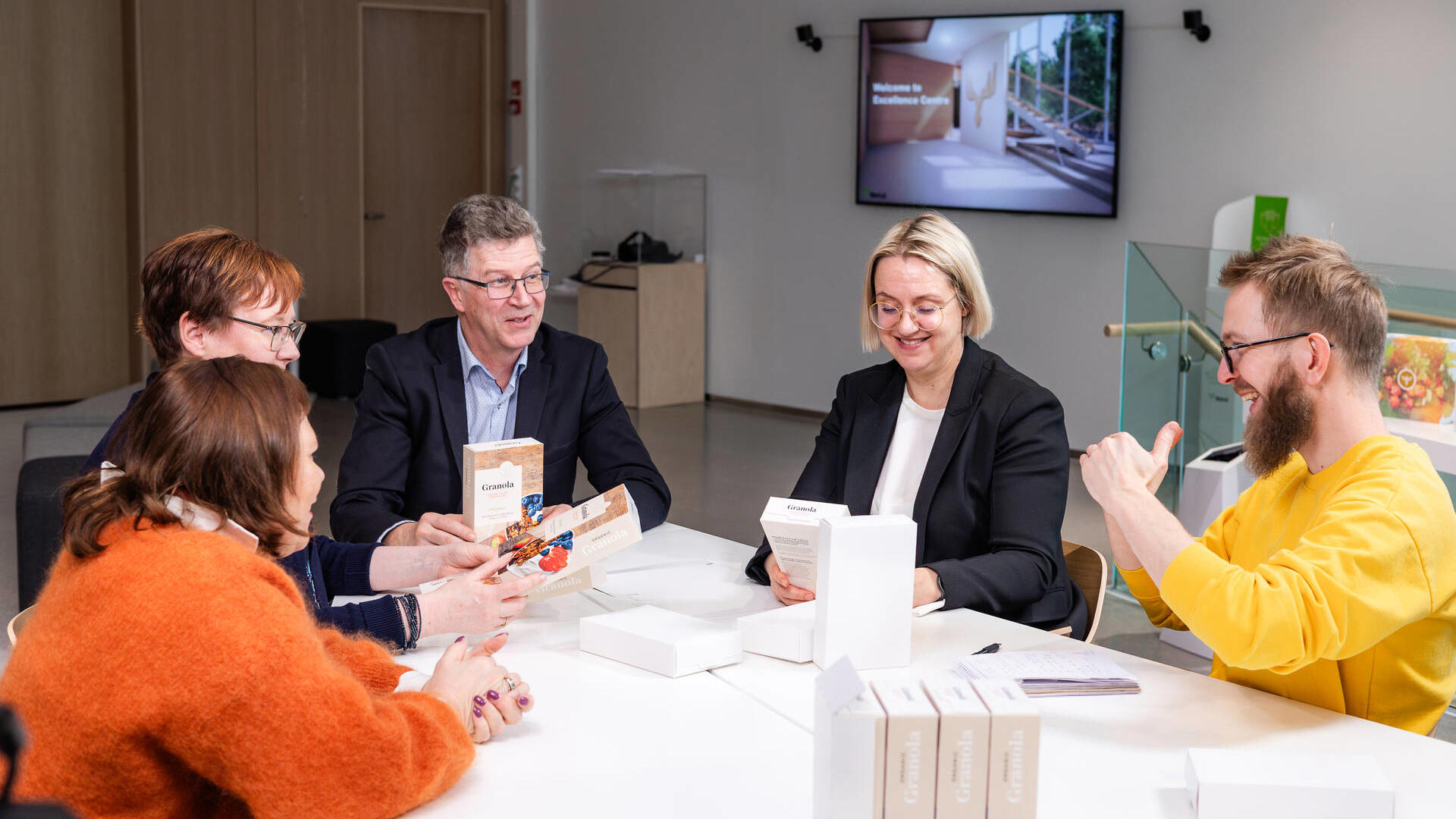Currently, a lot of emphasis is being placed on minimizing the carbon footprint of packaging across the entire product lifecycle. Two major factors affect the carbon footprint of paperboard packaging – weight and the energy used in production.
A lower carbon footprint is enabled by:
- Light weight: Fresh fibre paperboards are stronger than boards made from recycled fibre, for example. When less fibres are needed to manufacture packaging of the same strength, this results in a lower weight and a lower carbon footprint.
- Fossil free energy: Replacing fossil fuels with fossil free energy sources cuts fossil-based greenhouse gas emissions. At Metsä Board, 90% of our total energy consumption is fossil free, with an aim to reach 100% by the end of 2030. This means that the carbon footprint of our lightweight paperboards will become even smaller.
By protecting the product inside we help reduce wastage, which comes with a climate impact. Eventually, the most important function of packaging is to ensure the safety of a product for consumers. Packaging protects products during transport, prolongs product life and conveys important information about the composition and use of products.
We provide carbon footprint calculations to help compare the climate impact of different paperboard grades or other packaging materials. Read more about our Sustainability Service.




